QuestionI have a 7 year old rottie/sheppard mix. He is usually a good dog, but once every 6 months to a year he goes through something and pees on the living room rug in the same spot. This behavior might last a couple of weeks. He has been doing this since he was young. I am very confused because he has a large bladder and can hold his urine for hours, which he usually does. So when he does this I don't understand and don't know how to prevent this. He is nutured. The spot on the rug is in front of the couch, which is in front of the window that he looks through when people pass. I don't know if that has anything to do with it, because people/dogs pass all the time - not just every 6 months-year. Please help.
AnswerThe timing almost sounds right for a female upwind to be coming into season. That excites even neutered males. Whether that is it or not, I am not sure what to do. Cleaning the spot with an enzyme cleaner or even vinegar and water might help. The only other thing is carefully watching him, a pain when you have no idea when to start.
When you are around you need to keep a close eye on the dog. Use closed doors or gates to keep it in the same room as you are, and perhaps as I do, a short chain fastened to the computer desk. If you catch it in the act, give it a sharp ''Ah, ah, ah!'' and take it out. When you can't watch it, crate it.
It is only natural that a puppy resists its crate at first. What the puppy wants more than anything else is to be others, you, anyone else in the household, and any other pets. In our modern society, even if we are home, other things distract us from the attention an uncrated puppy must have. The only real solution is to crate the dog when you aren't around. The dog may be happier in its den than loose in the house. It relaxes, it feels safe in its den. It rests, the body slows down reducing the need for water and relieving its self. Dogs that have been crated all along do very well. Many of them will rest in their crates even when the door is open. I think the plastic ones give the dog more of a safe, enclosed den feeling. Metal ones can be put in a corner or covered with something the dog can't pull in and chew. Select a crate just big enough for the full grown dog to stretch out in.
Leave it some toys. Perhaps a Kong filled with peanut butter. Don't leave anything in the crate the dog might chew up. It will do fine without even any bedding. You will come home to a safe dog and a house you can enjoy.
A dog that has not been crated since it was little, may take some work. Start out just putting its toys and treats in the crate. Praise it for going in. Feed it in the crate. This is also an easy way to maintain order at feeding time for more than one dog.
The "shut the puppy in a safe room" is a fallacy. Very few houses even have a safe room. How many of us have a room with a hard surfaced floor and nothing else? Most rooms have electrical cords to chew if nothing else. In addition to destroying anything a bored puppy finds to chew, it may choke or have intestinal blockage from the pieces. I had a friend that left her dog in a "safe" room. It ate a hole in the floor covering. The safe rooms fail to give the dog the comfort of the enclosed space their instinct requires. Nor do they restrict activity extending the time the dog can go without relieving itself.

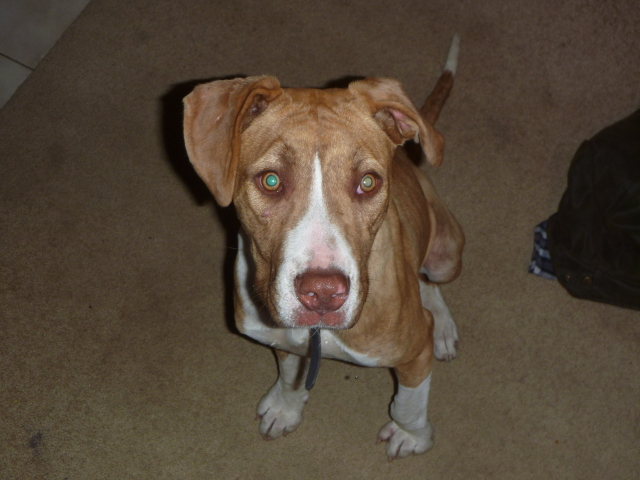 Malnurished Bull Mastif x Great Dane ;
Question
Sticks
Hi,
Ive recently, (the last 24 hours) b
Malnurished Bull Mastif x Great Dane ;
Question
Sticks
Hi,
Ive recently, (the last 24 hours) b
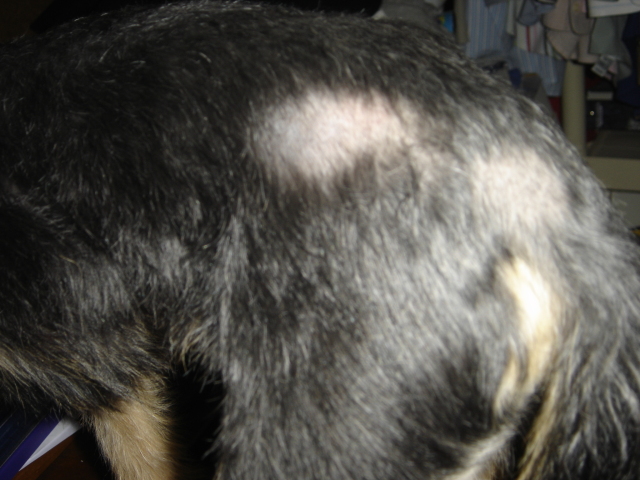 Chinese Crested Powder Puff Bald Spots
QuestionBalding Spots on Chine
QUESTION: Our Pow
Chinese Crested Powder Puff Bald Spots
QuestionBalding Spots on Chine
QUESTION: Our Pow
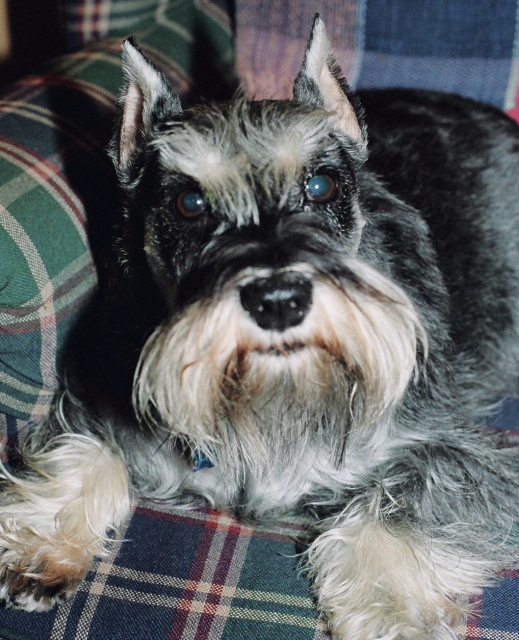 Miniature Schnauzer Flaky Skin
Question
Cicero
My 7-year-old miniature schnauzer Cicer
Miniature Schnauzer Flaky Skin
Question
Cicero
My 7-year-old miniature schnauzer Cicer
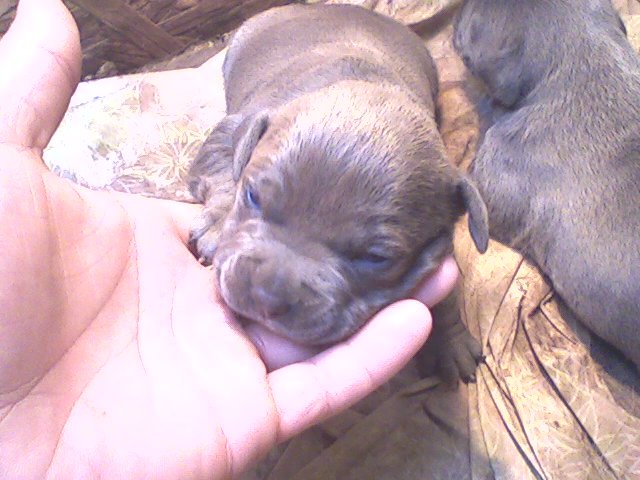 Puppy help? does this look like a nice quality puppy?
Question
3 weeks old
im getting this blue nose puppy so
Puppy help? does this look like a nice quality puppy?
Question
3 weeks old
im getting this blue nose puppy so
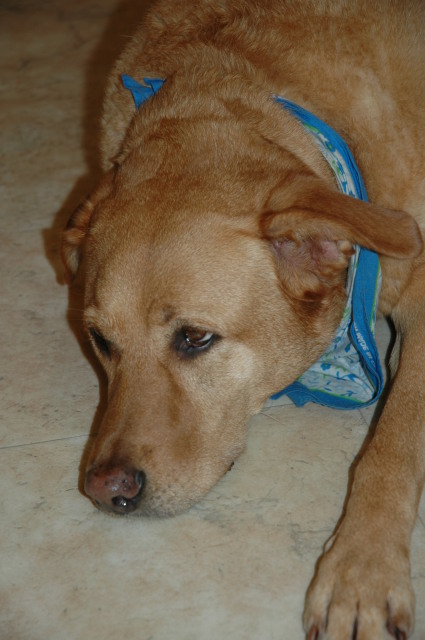 Senior dog not eating
Question
Meggie Girl
I will be so grateful if you can h
Senior dog not eating
Question
Meggie Girl
I will be so grateful if you can h